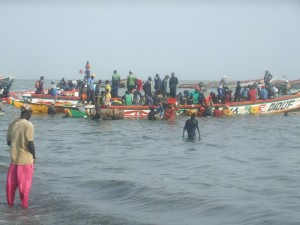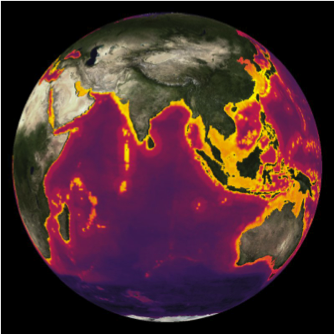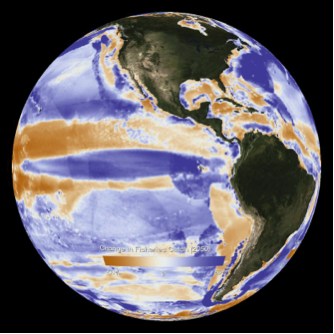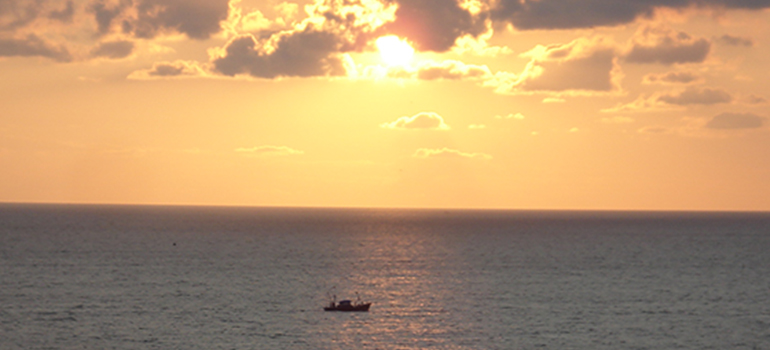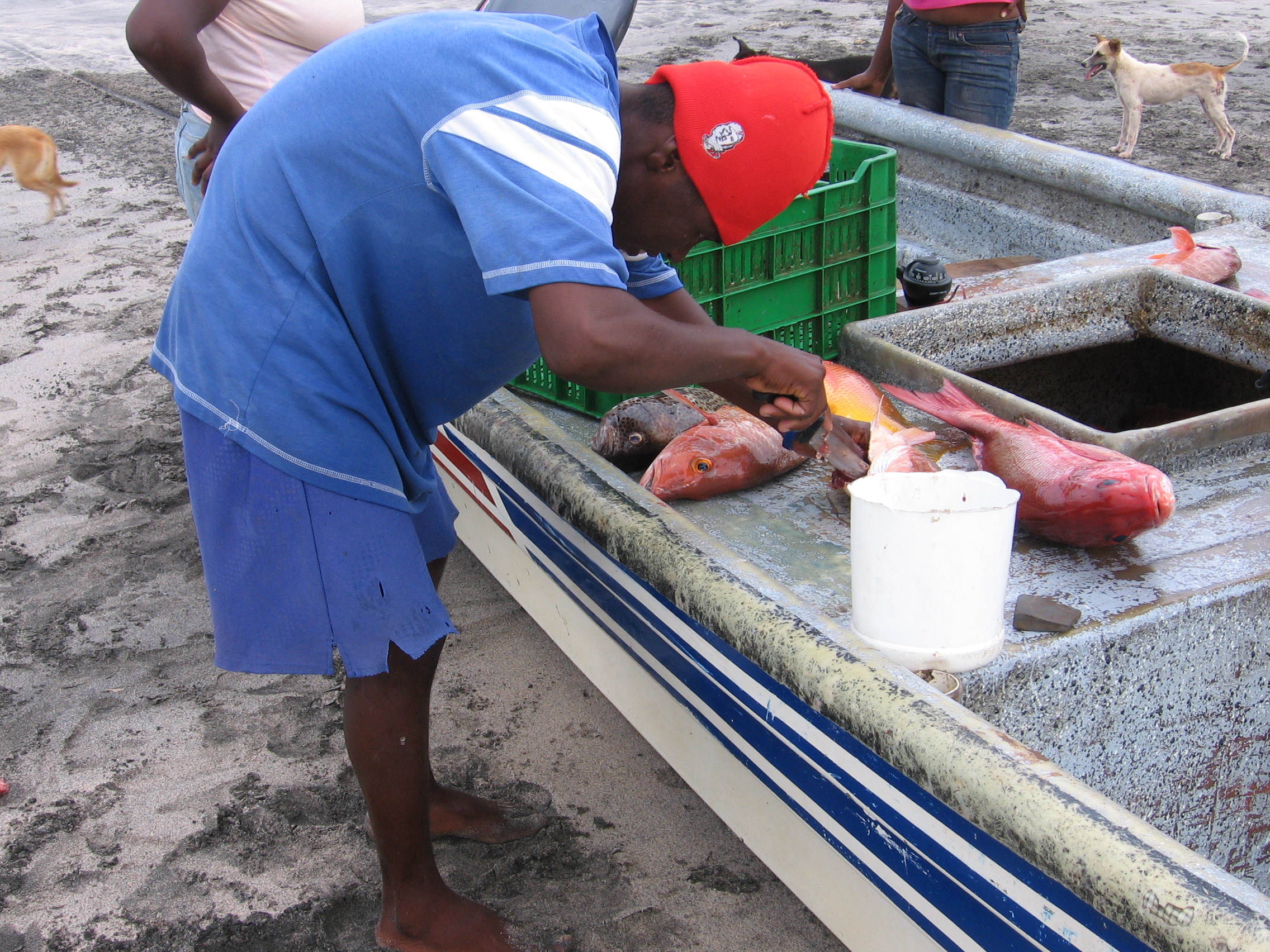By: The Pew Charitable Trusts
Industrial fishing is big business. Official global statistics show that approximately 80 million tonnes of marine fish are caught commercially each year. Scientists, as they uncover the extent of small-scale fishing, now believe this amount may actually be much larger.
Fisheries scientists have long recognized the importance of thorough, accurate catch data in understanding the pressures on target species. However, most countries currently focus their data collection efforts on industrial fishing, in part because it can be difficult to count small-scale operations. This largely overlooks artisanal and subsistence fishing, not to mention discarded fish and illegal fishing, which also mask the total extent of fishing worldwide.
One promising approach to better understanding the big picture of fishing around the world is “catch reconstruction,” which offers catch estimates using an array of sources and methods. This concept was developed by the Sea Around Us, a partnership between The Pew Charitable Trusts and the University of British Columbia.
“It’s like putting together a 500-piece puzzle to get a more complete picture of a fishery’s catch data,” said Daniel Pauly, principal investigator for Sea Around Us and professor at the University of British Columbia. “Over time, the estimates reveal themselves and you have data where once there were none.”
These estimates are not a substitute for the global data reported by countries to the U.N. Food and Agriculture Organization (FAO). Rather, they are a supplement that can indicate important trends and provide guidance on how best to improve data collection.
The danger in underreporting fish catch is that country officials don’t have access to the data needed to help them manage their fisheries effectively, including the ability to set accurate fishing quotas.
“It’s like managing your bank account,” said Pauly. “You have to know how much you have left before you can withdraw more. In some developing countries, the actual total catch can be 200 percent higher than what is being reported.”
In Senegal, on the west coast of Africa, small-scale fishing accounts for most of the domestic fish catch in the country. Staying focused on industrial fishing paints an incomplete picture of fish catch for FAO. For example, the official data indicate the catch has been steady since about 1995, but the reconstructed data suggest it is decreasing.
VIDEO – Reconstructing the Catch
After the reconstruction was completed in Senegal, government officials met with Sea Around Us scientists to discuss ways to update their reporting and account for previously missing data. With a clearer picture of their fisheries activities, officials may be able to improve management, for example by excluding foreign fishing vessels that might be affecting artisanal fisheries.
A global catch reconstruction will be completed in early 2015, with estimates from 1950 to 2010 broken down by year and type of fish for more than 250 countries and territories. This research is led by the Sea Around Us project of the University of British Columbia and supported by The Pew Charitable Trusts.
For more information about catch reconstruction, visit “Sea Around Us: Taking Stock of Fish, Oceans, and People,” which details a December 15, 2014 interview with Daniel Pauly.


